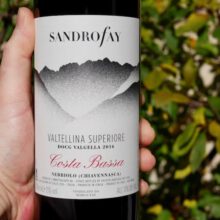
Product information
Sandro Fay Valtellina Superiore Costa Bassa 2016
$54
Description
Such beauty! Loads of pleasure here, the harmony, and, the inviting, drink me, nature of the wine is just the beginning. It really has every thing in all the right places. Delicacy and power in one. Vibrant, crunchy, proper thirst-quenching vino here! Purity of fruit, superb fine texture. This is a classic that you can hoover any day of the week and twice on Saturdays. Layered around the red cherry core of fruit their is a dark beast lurking at the edges adding enticing complexity. The saline characrter PJ mentioned is there, the alpine thing is there.
Out of stock




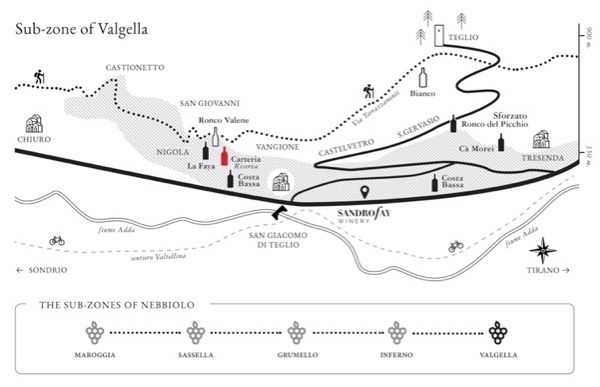
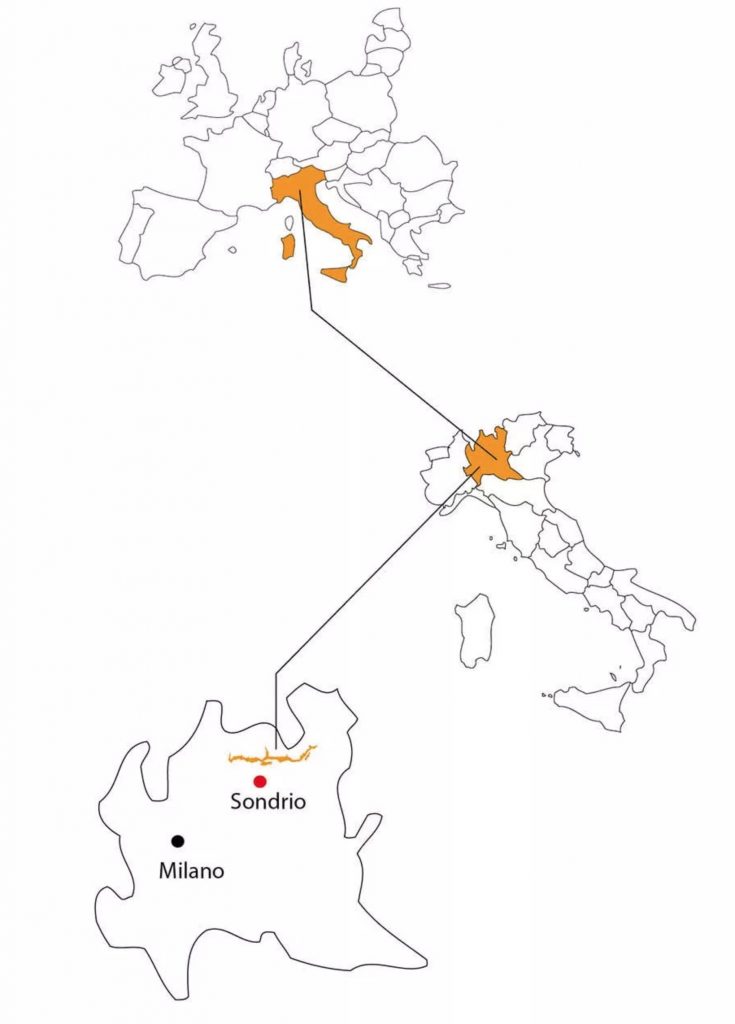
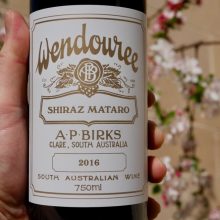
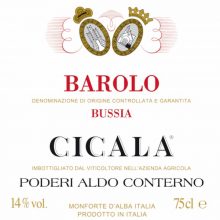
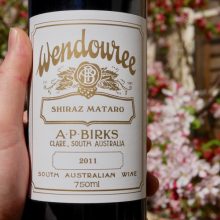
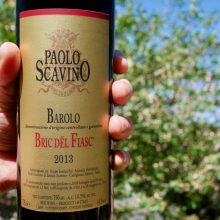
You must be logged in to post a comment.